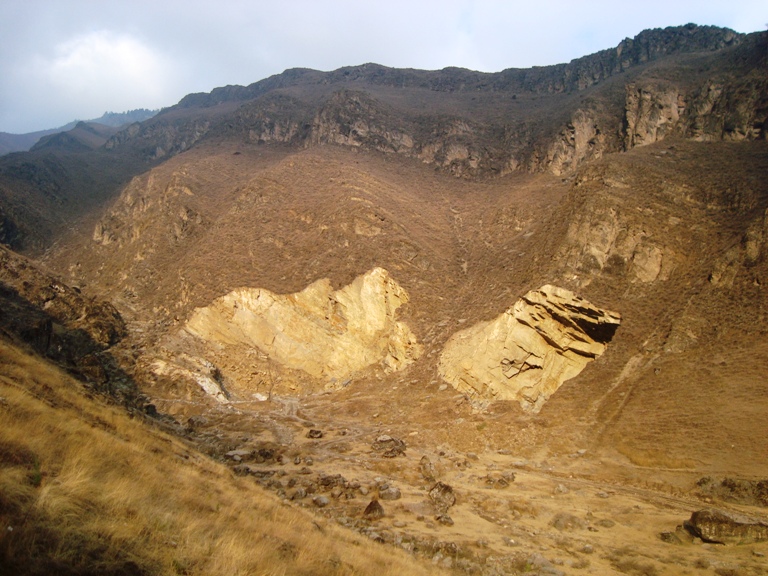Language Shift Sparks Debate: Kashmiris Question Hindi’s Role in the Valley
By: Javid Amin
Srinagar 11 April 2025: Kashmir, often referred to as “Paradise on Earth,” is renowned for its breathtaking landscapes and rich cultural tapestry. However, recent developments have stirred debates about the region’s linguistic identity. The introduction of Hindi signboards in Srinagar has sparked concerns among locals, who view this change as a potential erosion of their cultural heritage. This article delves into the implications of this linguistic shift, the community’s response, and the broader context of preserving Kashmir’s unique identity.
The Emergence of Hindi Signage in Srinagar
Following the abrogation of Article 370 in August 2019, which granted Jammu and Kashmir special autonomy, the region has witnessed significant administrative and cultural changes. One notable development is the installation of Hindi signboards in Srinagar, marking a departure from the traditional use of Urdu and English in public signage.
This initiative, part of the Srinagar Smart City project, aims to enhance infrastructure and accessibility. Proponents argue that incorporating Hindi signage caters to the increasing number of tourists from various parts of India, facilitating easier navigation and promoting inclusivity.
Community Reactions: A Sense of Displacement
Despite the intended benefits, many Kashmiris perceive the introduction of Hindi signboards as an imposition on their cultural identity. Urdu, historically prevalent in the region, and Kashmiri, the native language, hold deep emotional and cultural significance for the local population.
Hussain, a 23-year-old university student, expressed his discomfort: “More than 90% of literate and semi-literate people in Kashmir can’t read the Devanagari script. It feels like the local has been displaced by the official, signifying a potential erasure of indigenous identity.”
This sentiment is echoed by many who view the shift as part of a broader trend of cultural assimilation, raising concerns about the preservation of Kashmir’s unique linguistic heritage.
Historical Context: Language and Identity in Kashmir
The linguistic landscape of Kashmir has evolved over centuries. Persian was the official language during the Mughal era, later replaced by Urdu under Dogra rule in the 19th century. Post-independence, Urdu and English remained dominant in official and educational domains.
In 2020, the Jammu and Kashmir Official Languages Act recognized Kashmiri, Dogri, Hindi, Urdu, and English as official languages. While this move aimed to promote linguistic diversity, critics argue that the emphasis on Hindi, often at the expense of Urdu and Kashmiri, undermines the region’s cultural fabric.
Efforts to Preserve the Kashmiri Language
In response to these changes, various initiatives have emerged to preserve and promote the Kashmiri language:
-
Educational Reforms: Advocates urge the integration of Kashmiri into school curricula, emphasizing its importance in cultural preservation.
-
Digital Platforms: Online resources, including Kashmiri language apps and YouTube channels, aim to make the language more accessible to younger generations.
-
Cultural Events: Festivals and workshops celebrate Kashmiri literature, music, and traditions, fostering a sense of pride and continuity.
These efforts reflect a growing awareness of the need to safeguard Kashmir’s linguistic heritage amidst external influences.
Balancing Development and Cultural Preservation
While modernization and infrastructural development are essential, it’s crucial to balance these advancements with cultural preservation. Incorporating multiple languages in public signage, including Kashmiri, Urdu, and English, can promote inclusivity without alienating the local population.
Engaging with community leaders, educators, and cultural experts can ensure that development initiatives respect and reflect the region’s unique identity.
Bottom-Line
The introduction of Hindi signboards in Srinagar serves as a microcosm of the broader challenges facing Kashmir’s cultural and linguistic identity. While efforts to modernize and integrate the region are understandable, it’s imperative to approach such changes with sensitivity and inclusivity. By valuing and preserving the Kashmiri language and culture, the region can navigate modernization without losing its rich heritage.
